Studio Ghibli's hit movie, "Princess Mononke" ("Mononoke Hime") is an epic tale about the clash of gods and humans in old Japan, a Japan which is hurtling towards the age of Samurai and the Katana, Sengoku. The main character, Ashitaka, a prince of a fading culture, is cursed by one of Japan's old gods. In order to save himself he leaves his people forever and ventures to new realms, where he gets caught in a power struggle between the people of a village, Irontown, and the gods of the mountain.
In this article we will examine the folklore, mythology, and history that make "Princess Mononoke" a classic that has withstood the test of time. We will also introduce the real locations and places, like Shirakami-sanchi and Yakushima, that inspired the forests, towns, and mountains from the movie. It's time to experience for yourselves the awe-inspiring beauty of locations guarded by the gods!
"Princess Mononoke" Proved the True Power of Japanese Animation
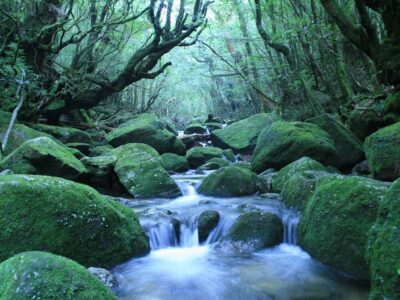
"Princess Mononoke" was released in Japan on July 12, 1997 and was the highest grossing Japanese film that year. A true testament to the power of Studio Ghibli in Japan, the movie held this title until 2001 and the release of "Spirited Away." "Princess Mononoke" was the first animated feature to win the Japan Academy Prize for Best Picture.
In a way we can say that "Princess Mononoke" was in some form of development for almost three decades! Writer and director Hayao Miyazaki drew the initial sketches in the 1970s and mulled over the idea of a princess living in a forest for a long time with Producer Toshio Suzuki. Ghibli’s Supervising Animator, Masashi Ando - who later would work with Makoto Shinkai on "Your Name," created the character designs in 1995.
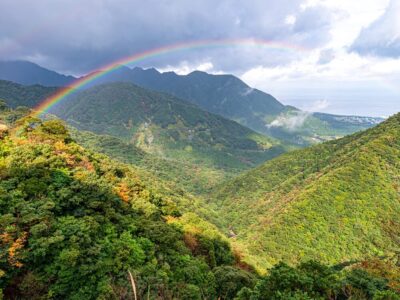
Miyazaki and Ando then travelled together to Yakushima, Kyushu and Shirakami-sanchi, Tohoku to find inspiration for the forests of "Princess Mononoke." The film was animated by Studio Ghibli and distributed by Toho in Japan.
Environmentalism: The End of the Mountain Gods
"Princess Mononoke" is set in Japan’s Muromachi age, a time when Japanese people began to cast away their fear and worship of the mountain and its god/goddess. Mountain gods had been admired and thought to be very powerful in Japan until then.
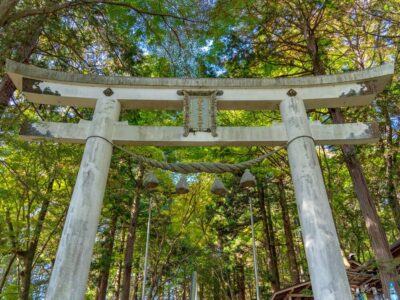
Regarding Japanese mythology, there is a legendary Japanese hero (who is regarded as Japan's Hercules) whose name is Yamato Takeru. In his final tale he was forced to challenge the mountain god - which led to his demise. His cause of death was the mountain god's curse, which goes to show how powerful the old mountain god was considered to be.
Moro, San, and the other mountain gods realize that their era of ruling the forests and being respected by humans is coming to an end, and so they fight for their survival with all their strength. The mountain gods become corrupted by new human weapons. Slowly, they lose power and become common beasts as their land is destroyed, the apes even eat human flesh in the hope of gaining human strength.
The time of the gods has ended in Japan, as the people look to the future.
How a Katana, or Japanese Sword, Saved "Princess Mononoke"
"Princess Mononoke" had its American release almost two years after it was released in Japan, on October 29, 1999.
The journey to the American release of Princess Mononoke was a colorful one. Disney owned the distribution rights in America and left its company, Miramax, in charge of this project. Miramax chairman Harvey Weinstein wanted to heavily edit the film for North American release. This did not sit well with Studio Ghibli and at a meeting Toshio Suzuki presented him with a replica of a Japanese Katana and told him, “no cuts.” This is how Princess Mononoke was saved in its entirety for the English-speaking world to enjoy.
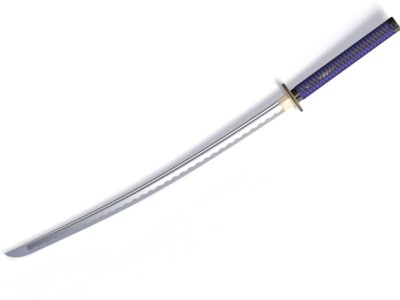
Oddly enough, the movie was not initially successful, but sky-rocketed in popularity after it was released on VHS and DVD. Significantly, Princess Mononoke changed the perception of what an animated film could be for a western audience. Prior to its release, animation was seen mostly as childish and not as a true story-telling medium. Director James Cameron cited Princess Mononoke as one of his inspirations when he was creating the story and world of "Avatar."
The Cast and Crew Who Brought "Princess Mononoke" to Life
The English version of this Ghibli film is packed full of stars with writer Neil Gaiman (Stardust, American Gods, Coraline) doing the adapted English script and Hollywood talent like Claire Danes and Billy Crudup doing the English voice-over.
English Cast
- Ashitaka: Billy Crudup
- San: Claire Danes
- Lady Eboshi: Minnie Driver
- Jigo: Billy Bob Thornton
- Moro: Gillian Anderson
- Lord Okkoto: Keith David (also the narrator)
- Nago: John DiMaggio
- Toki: Jada Pinkett Smith
- Kohroku: John DeMita
Japanese Cast
- Ashitaka: Yoji Matsuda
- San: Yuriko Ishida
- Lady Eboshi: Yuko Tanaka
- Jigo (Jiko-bo): Kaoru Kobayashi
- Moro: Akihiro Miwa
- Lord Okkoto (Okkoto nushi): Hisaya Morishige
- Nago: Makoto Sato
- Toki: Sumi Shimamoto
- Kohroku: Masahiko Nishimura
San and Lady Eboshi: Strong Ghibli Women Based on Japanese Goddesses
San and Lady Eboshi, two opposing leaders, embody the central theme of the film - humans vs. the forest. In Japanese folklore there is the mountain goddess, called Yamanokami and the iron furnace, or Tatara, goddess who is called Kanayago. Princess Mononoke is partly the struggle between these two powerful deities, represented in the film by San and Lady Eboshi. Though Ashitaka is a main character in Princess Mononoke, he is fairly neutral in the main struggle of the film.
The Girl Who Would Not Be Human: Princess Mononoke
San means “three” in Japanese, a very literal name since she is the third “child” of wolf goddess Moro. Princess Mononoke is strong, as we see when she fights, and she is also very brave – even going by herself to her enemy’s stronghold. She sees Eboshi as the root of the problems that the forest and mountain are facing and will do anything to destroy her.
この投稿をInstagramで見る
However, San is also capable of reasoning and compromise. She is a true leader and tries to help all the creatures on the mountain - not unlike Lady Eboshi helping her people in Irontown.
Though San rejects her human nature, she does seem to care about her appearance. She wears accessories, like her circular earrings and her tooth necklace. When Ashitaka tells her she is beautiful, San is clearly very affected by it. This is the duality of her nature; wanting to live as a beast and yet never able to fully shed her humanity.
The Woman Who Would Change the World: Lady Eboshi
Lady Eboshi is the leader of Irontown, and she makes sure everyone knows it with her strong air of authority. She is frustrated by the position of women in society and so she is trying to build her own “utopian” society. Lady Eboshi represents the new modern mindset. She seeks to install new social systems – by caring for lepers and creating alternate jobs for previous brothel workers. In order to do this, she needs the iron that is under the mountain.
Her name and dress clearly show that she was from the 'Shira-byoshi' class, the dancers who danced to worship God in men's clothes and wielded Japanese swords. At the same time, they were often the mistresses that served the noble class. Her name 'Eboshi' refers to the type of men's hat that these dancers wore when they performed.
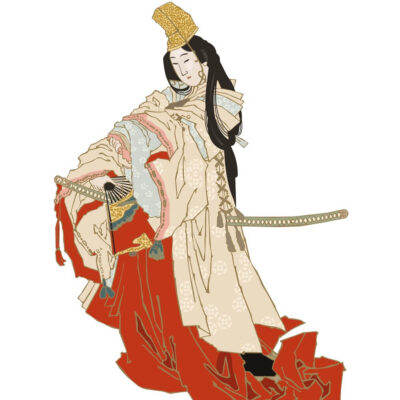
Lady Eboshi has a soft spot for “outsiders,” possibly because she herself is one. She gives previous brothel workers a new chance at life and people suffering from leprosy, who would otherwise have nothing, a safe place to stay. However, Lady Eboshi does not just provide safe harbor, she expects everyone – even those afflicted with leprosy, to work for her.
The furnace to melt this iron, Tatara, requires massive amounts of wood to melt the iron and transform it into weapons like the Katana. Lady Eboshi seems blind to, or at least unaffected by, the large-scale damage she is causing to the forest, as her focus is only on her goal. Destroying the forest is her means to an end, though she does not necessarily hate nature. She shows Ashitaka that she is growing her own garden. Her relationship with nature is one of control.
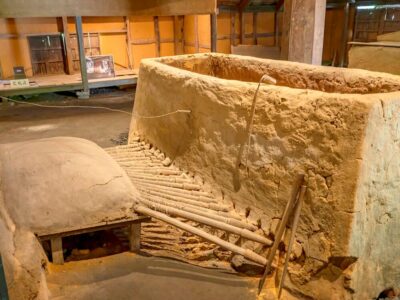
Though her and San often clash and are set up as bitter enemies, Lady Eboshi actually wants to help San in her own way. One of the reasons she wants to kill the forest spirit is the hope that San will be turned back into a human. In the end, these two strong female characters do not kill each other. There is a sense that they will be able to cooperate and compromise to create a better world.
Tatara Symbolizes the Coming of Japan’s Battle Age: Sengoku
"Princess Mononoke" foreshadows a coming of a battle age between Samurai and Lords. Tatara, which Lady Eboshi uses, is an iron-making method specialized in the manufacture of tamahagane, the raw material of Japanese swords. It's also shown in the latest blockbuster movie “Demon Slayer: Kimetsu no Yaiba the Movie: Mugen Train.” The main character Tanjiro Kamado chooses an ironsand called ‘Haganedama’ for his sword.
この投稿をInstagramで見る
Tatara is the only method for forging authentic Japanese Katana. Sword-blacksmiths in modern Japan are few, but they still exist and they need ironsand and the Tatara furnace even today.
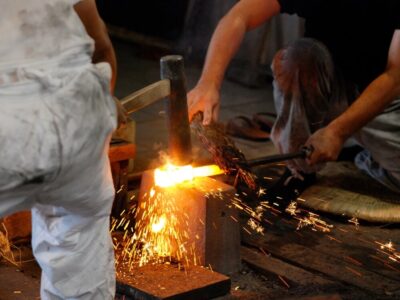
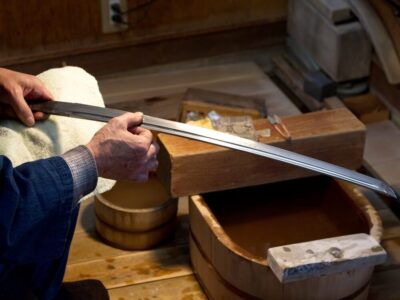
Eboshi and her people fight against the mountain gods, burn the wood, melt the iron-sand (satetsu) in the Tatara, and produce tamahagane, the iron balls which will be forged into Katana or bullets. This symbolizes the coming of the Samurai battle age.
The Last Emishi Prince: Ashitaka
Main characters in fantasy stories usually have one job: to defeat the evil. This is what makes Ashitaka so interesting. His role in the movie is not to defeat the evil, but rather to show us that there is no evil. Ashitaka’s stance is decidedly neutral, though at times he does disagree with the actions taken by either side.
He always tries to understand the motivations of others, and to act as a buffer between the human side and the side of the gods. It is because of him that we can watch Princess Mononoke without saying that Lady Eboshi is clearly the villain.
Miyazaki makes a point to depict Ashitaka as one of the Emishi people. They were an ethnic group in Japan that was eventually conquered by the Yamato Emperor’s armies; this is why Ashitaka’s village is the last one left in the film. They didn’t ride elks like Ashitaka's Yakul, but were known for their proficiency on horseback as well as with the bow and arrow.
Ashitaka clearly knows what it is like to lose your culture and identity, and this is likely one reason that he does not pressure San to stay together with him at the end of the film. It would be against her nature. From mutual love comes mutual respect.
Japanese Animal and Forest Gods: A Brief Guide to "Princess Mononoke’s" Folklore
Wolf god Moro, Boar gods Nago and Okkoto, and even the white forest spirits – the kodama, are based on real figures in Japanese folklore. In the Japanese Shinto faith, they have their own shrines, qualities, and purpose. Let’s examine how real Japanese folklore and beliefs match up with the characters in "Princess Mononoke."
The Gods that Guard the Forest: Moro, Nago, Kodama
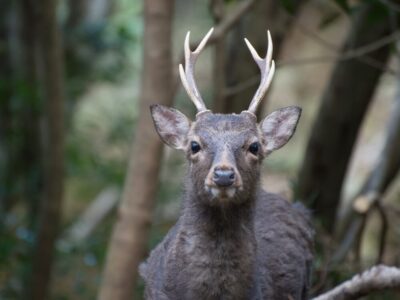
Gods take many animal shapes, especially common in Japanese myth is the set of white deer, white wolf, and white boar. These 3 gods appear in the part of Yamato Takeru’s chapter of Kojiki, the oldest Japanese history book. On his way to conquer on behalf of the Yamato empire, Yamato Takeru killed the white deer, was escorted by the white wolf, and was ultimately killed by the boar. Each god had a different way of interacting with human hero, Yamato Takeru.
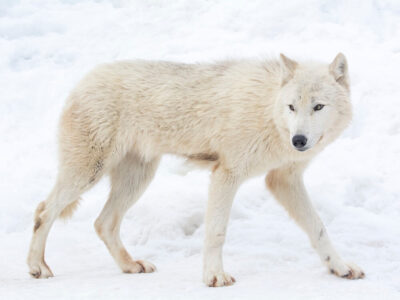
Though in the west we have grown up with tales of the big bad wolf, the traditional Japanese impression of wolves has been a bit different. Japanese farmers worshipped the mountain wolves because they ate the animals that would otherwise destroy their crops. In the Shinto belief, the ōkami (wolf) spirit is regarded as a messenger and a guardian of the mountain who keeps the other animals in check. That certainly sounds a bit like Princess Mononoke’s Moro!
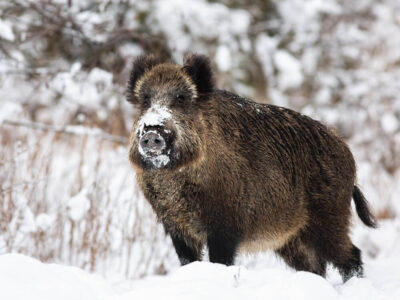
Boars, called Inoshishi in Japanese, are also prominent figures in Japanese mythology. What they have in common with the ōkami, is that they are all considered animal messengers of the goddess, Yamanokami – represented by San in Princess Mononoke. If you would like to visit the mythical boars, you can do so at Goō Shrine in Kyoto.
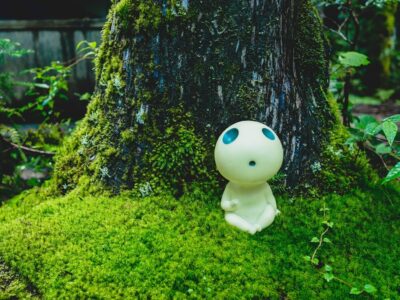
The childlike tree spirits of "Princess Mononoke" – the Kodama, are an indication that the forest is healthy. In ancient Japan they were considered gods, but over time they became to be viewed as little more than spirits or goblins. In Hachijo-jima, Mitsune village, there is a yearly festival giving thanks for the forest spirits and asking forgiveness for those who work in the logging industry – for the curse of the tree spirit is said to be a terrible thing.
"Princess Mononoke" is the Story of those Forgotten in Japanese History
Samurai and Lords occupy the pages of Japanese history, and Japanese dramas as well. However, they hardly appear in Princess Mononoke, and this was one of Miyazaki’s goals when putting together the story. Castles and large towns are absent as well, giving a rare representation of rural and natural Japan during this time period.
The characters we see on screen are engineers, laborers, miners, and animal gods - who are considered lower gods in Japanese folklore. Ashitaka is from an ethnic group called the Emishi, that has been conquered, and is fading from Japanese history.
In Princess Mononoke, Miyazaki wanted to represent people who lived more freely than is usually depicted in historical dramas. There is a whole lost history there and he wanted to bring that diversity that is often forgotten to the forefront of people’s screens. Princess Mononoke is for the outsiders.
'Even in the midst of hatred, there is something to live for'
In "Princess Mononoke" there are a number of characters afflicted by hatred, which makes sense as this is a time of great conflict. The boar god Nago, after being hit by an iron bullet, is so consumed by this emotion that he is turned into a demon who has forgotten his better nature and can only destroy. Ashitaka as a result receives the curse of Nago’s hatred. On the one hand, this hateful curse gives Ashitaka the boon of superhuman strength. On the other hand, it will eventually kill him.
In a face-off between Lady Eboshi and Princess Mononoke Ashitaka tells them, “This is what hatred looks like! This is what it does when it catches hold of you! It's eating me alive and very soon now it will kill me. Fear and anger only make it grow faster."
This is the danger of being consumed by emotion, especially a negative one. Ashitaka is a very stoic character, but even he can be so affected. What does hatred lead to? War. The scenes of the aftermath of the battle between Irontown and the forest are hard to witness, with corpses from both sides strewn across the field. As part of the WWII generation, this devastation is something Hayao Miyazaki does not want us to forget.
At the end of Princess Mononoke there is a battle between the people of Irontown and the forest gods. Is there a winner in this battle? Reflecting on this Miyazaki once commented that there can be no happy ending in the battle between the raging gods and humans. However, he went on to say that even in the midst of hatred and slaughter, there is something to live for. Great encounters and the beauty of life exist.
Visit the Real Locations that Inspired Princess Mononoke
It is not only the story of "Princess Mononoke" that leaves a lasting impression. The exquisite natural beauty of the forests and mountains, and the lively Irontown tend to stay with viewers long after the movie has ended. In the section we will guide you to the main inspirations for "Princess Mononoke"; Shirakami and Yakushima, as well as related sites.
UNESCO World Heritage Site: Shirakami-Sanchi
Shirakami-Sanchi is the World Natural Heritage Site that is located in the northernmost part of Japan’s main island. This 130,000 hectare vast beech forest crosses into both Aomori and Akita prefectures. In 1993, Shirakami-Sanchi was registered as Japan’s very first World Heritage Site, along with Yakushima Island.
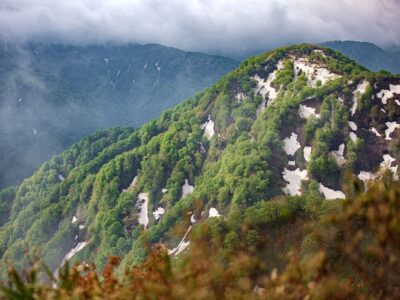
The beautiful forest, which has been distanced from the modernization of Japan, is home to an ecosystem that cannot be found anywhere else, and may be the last paradise of the animal gods depicted in Princess Mononoke.
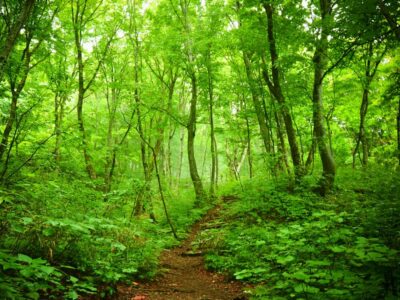
UNESCO World Heritage Site: Yakushima Island
Yakushima Island, located in Kagoshima Prefecture, is Japan's first registered World Natural Heritage site, together with Shirakami-Sanchi(1993). The granite is said to have been uplifted by mountain building activities about 14 million years ago. The humid climate with a large amount of rainfall has nurtured a diverse forest. Ninety percent of the island area is covered with forest.
The "Sacred Tree": Yakusugi-cedar
The most famous of the unique vegetation on Yakushima is the Yakusugi-cedar. In ancient times, it was revered as a sacred tree and was never cut down. However, in the 16th century, people start to use them for temple constructions, and during the Edo period, 50-70% of the forest was cut down. From the Meiji era (1868-1912) to the postwar period, and especially during the period of rapid economic growth from the 1950s onward, the trees were cut down on an even larger scale.
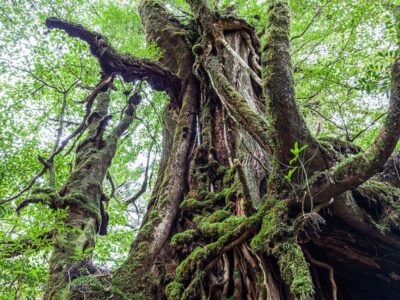
It was not until the 1980s that logging was finally banned. However, simply blaming humans for deforestation overlooks the contribution that the Yakushima cedar has made to Japan's architectural culture. Mr. Droste, Director of the UNESCO World Heritage Center, says, "The value of Yakushima as a natural heritage site lies in the fact that many people live there and yet it retains its natural beauty." In other words, the value of this area is the history between humans and forests.
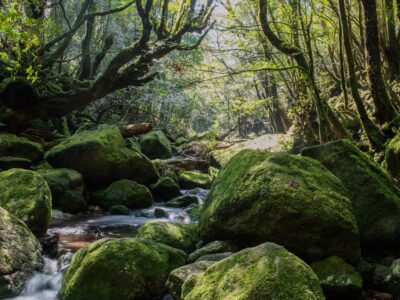
In Yakushima, many tours are conducted in the mountain areas such as Jomon Cedar and Shiratani Unsui Gorge, also in the rivers and the sea. More than 200 guide operators lead these tours, so you can say that Yakushima is one of the best areas in Japan for nature tours.
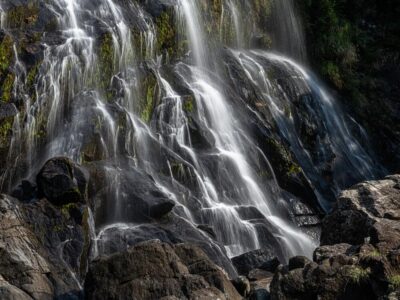
UNESCO World Heritage Site: Mt. Fuji and Mt. Ashitaka
Needless to say how popular and important Mt. Fuji is as a symbol in Japan, but few people know that there is a mountain next to Mt. Fuji with the same name as Ashitaka, the lead role of "Princess Mononoke." Mt. Ashitaka even has a legend of defeat, just like Ashitaka's family.
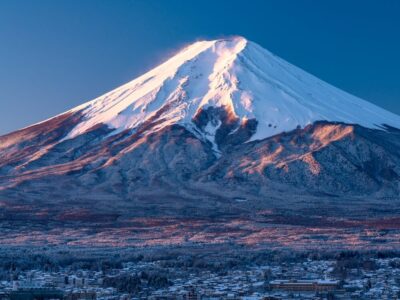
The legend says that Mt. Ashitaka used to be as powerful as Mt. Fuji and challenged Mt. Fuji for a battle of heights, but lost the battle and was beheaded, thus losing its height (summit). There is another legend saying that his head was kicked into the sea and turned into Oshima Island nearby to see Mr. Fuji's prosperity from the water. See the picture; Mt.Fuji on the left and Mt. Ashitaka on the right.
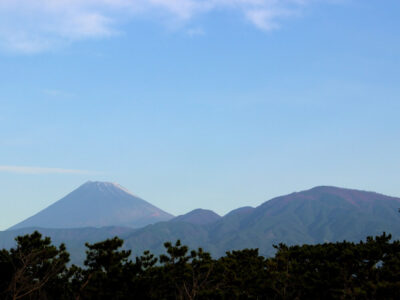
Mt. Ashitaka is now a military training site, but you can climb the mountain when there are no exercises.
Izumo Grand Shrine: Japan's Last Irontown
In medieval Japan, there actually existed an area famous for its Tatara. That area was Izumo, Shimane-prefecture. This area is famous for its use of Tatara to produce high quality iron, which was used to make wonderful Katana, Japanese swords. A trip to this area will give you a number of insights about Japanese swords.
Izumo Taisha (Izumo Grand Shrine)
Izumo Taisha is a shrine that worships the gods of nation building and marriage.
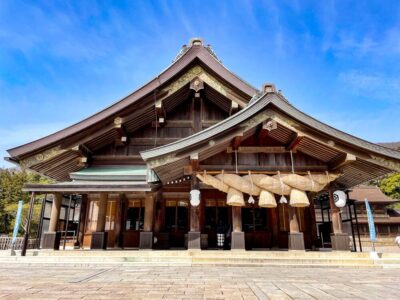
In Japanese mythology, there are two powerful ancient kings. The first king who united Western Japan was called Okuninushi-no-mikoto, who, by divine revelation, handed over power to a new ruler and retired himself. The palace where he retired is said to be the origin of Izumo Grand Shrine.
Sugaya Tatara Yamauchi, Iron History Village
The steel produced in Sugaya area was known for its quality and quantity. The Sugaya Tatara, run by the Tabe family, was at the center of this industry. It remains today as the only Tatara factory built in the Takadono style.
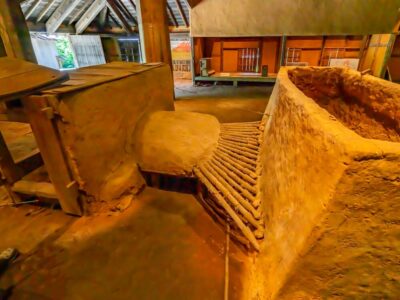
The Okuizumo Tatara-kan
In the town of Okuizumo, the flames of Tatara remain on. The Okuizumo Tatara-kan is the museum of Tatara and the sword forging method. There are exhibitions that explain the ancient iron manufacturing method and Japanese swords. You can even forge swords when the workshop is held and enjoy posing with replica Japanese swords. Perfect Instagram spot!
facebook page; @okuizumotataratotoukenkan
UNESCO World Heritage Site: Iwami Ginzan Silver Mine
Not far from Izumo's iron area, there is a silver area. Iwami Ginzan Silver Mine, another UNESCO's Word Heritage Site, was the world-famous silver producing area that estimated to have produced the 1/3 of the silver that distributed globally in the Age of Discovery.
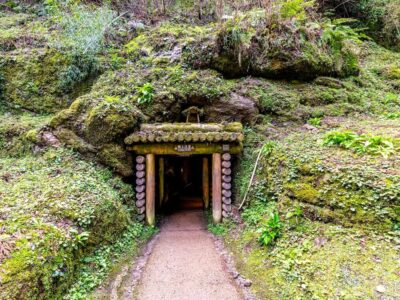
The silver mines can also be visited inside. The whole tunnel through the mountain was made by human hand.
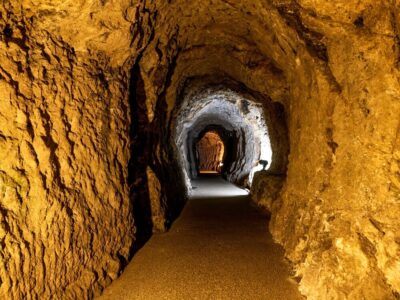
It's a quiet history site with the locals who actually live in this area. Respect their peaceful life and visit them politely.
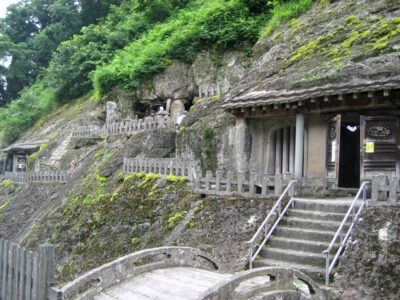
The Japanese Sword Museum (Tokyo)
This is the must-visit-museum of Japanese sword maniacs. This stylish, modern-looking museum is filled with the excellent quality historical swords that were forged by legendary black smiths. You won't believe that some of them are made in the 14th century when you look at their sharp cutting edges and clear surfaces.

The area is famous for Sumo wrestling. Plan your martial art's day!
Editor's Note
We hope you enjoyed exploring the mythology of "Princess Mononoke" with us in this article, and learning a little bit about how Japanese swords are made.
In accordance with the message of the film, let's respect nature and travel responsibly - after all, we don't want to be cursed!
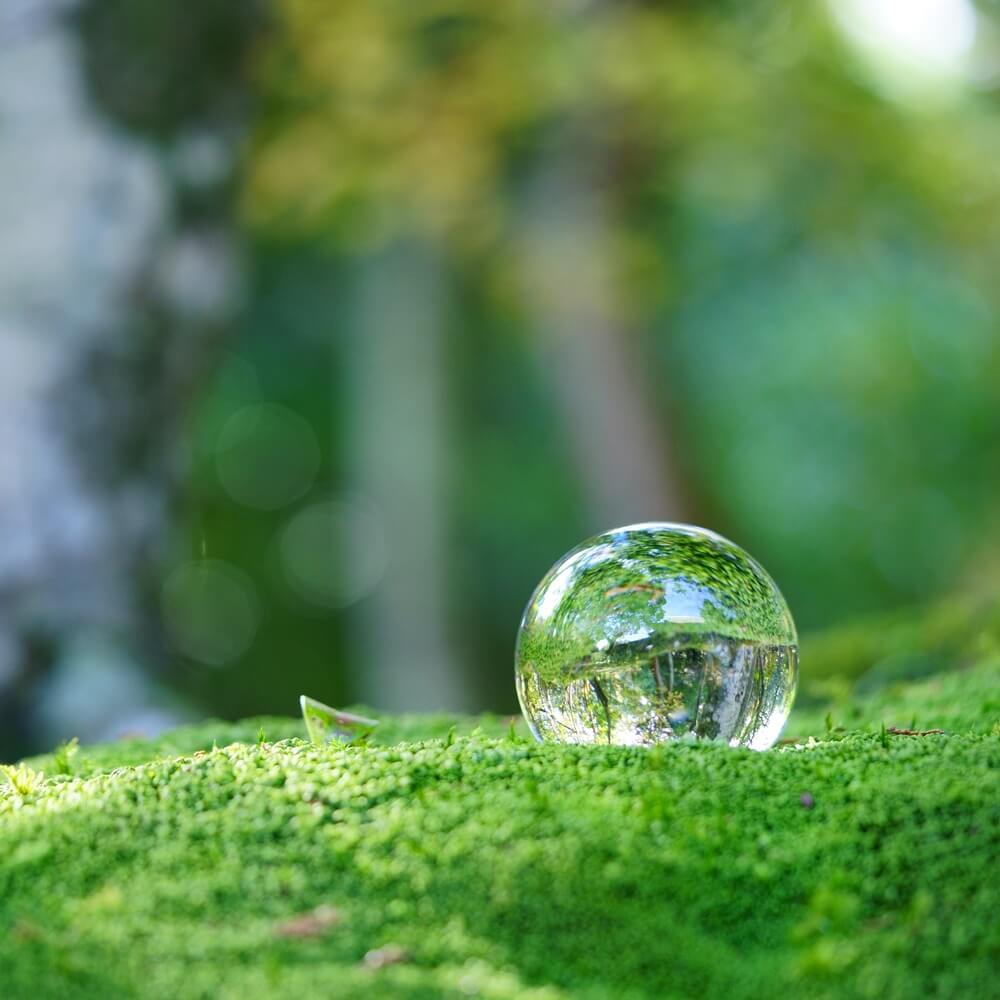

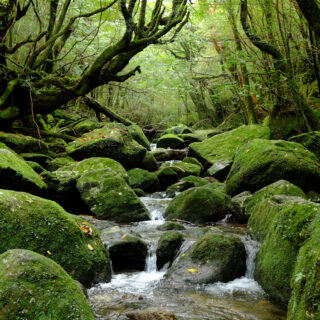
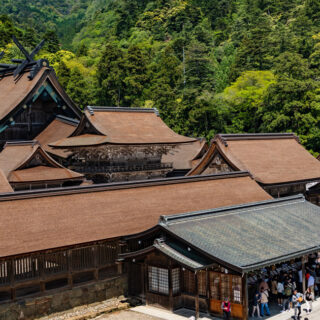

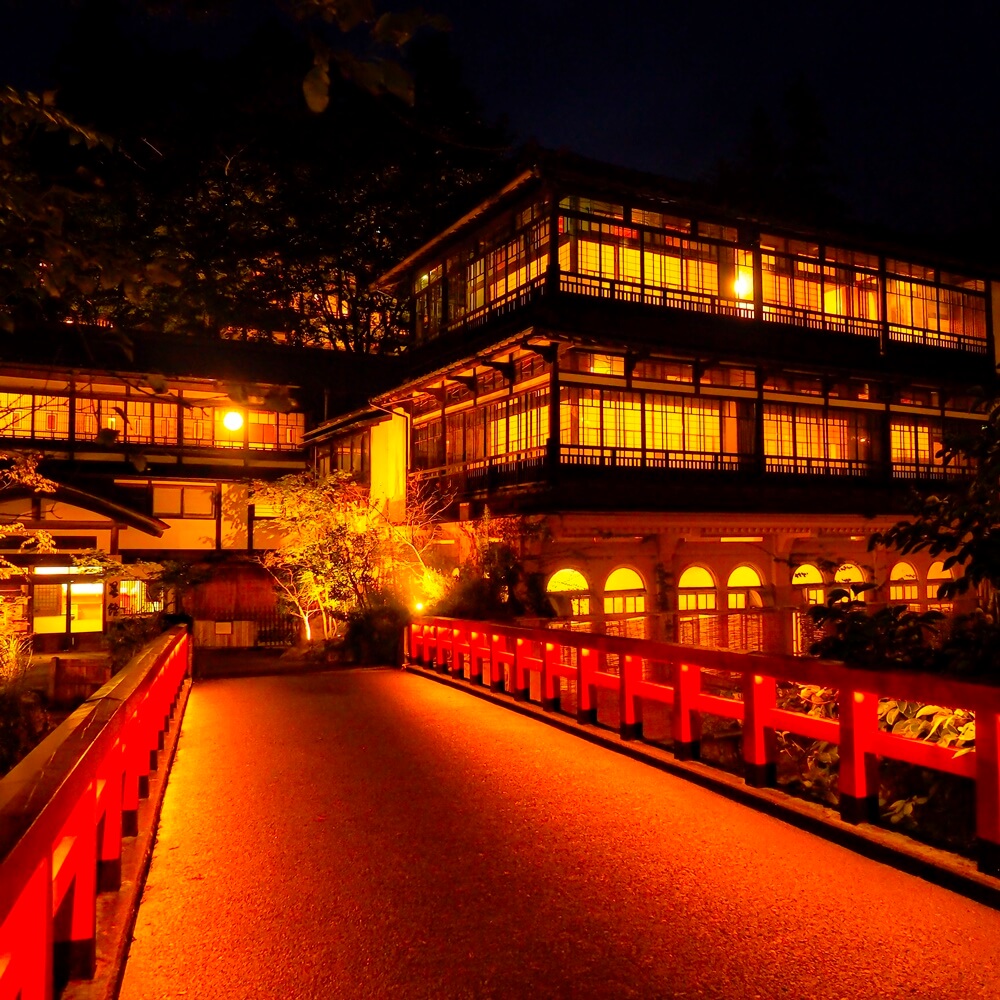
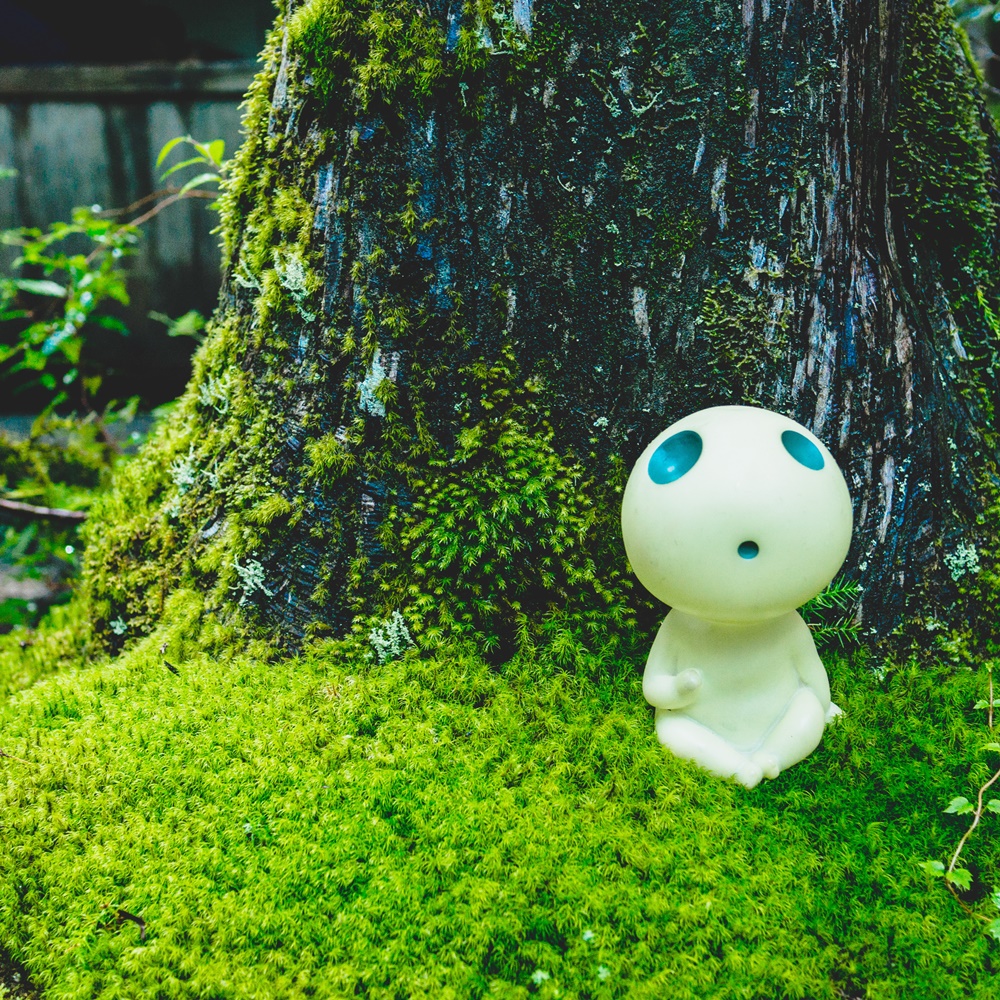
コメント 記事の感想やライターさんへの応援メッセージを送ろう!